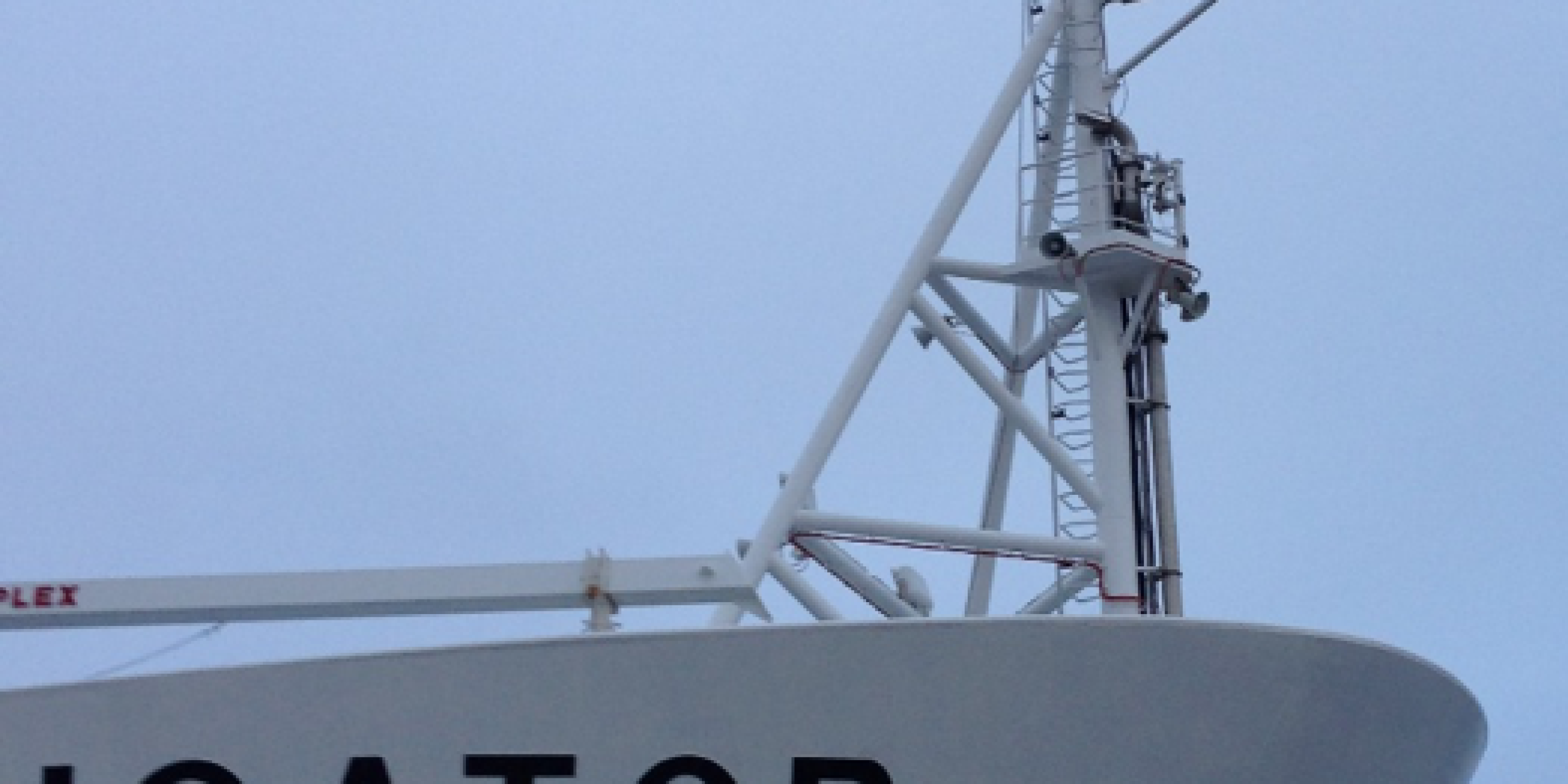

Scientists from the Physical Sciences Division at NOAA’s Earth System Research Laboratory installed NOAA’s Air-Sea Flux System on the R/V Investigator, a new research vessel of Australia’s Commonwealth Scientific and Industrial Research Organisation.
For about 40 days from March to April, scientists sailed to the south of Tasmania aboard the R/V Investigator to study a large ocean eddy, change out a climate flux reference buoy, and monitor clouds and air-sea fluxes. They also measured surface waves and carbon dioxide fluxes during the cruise.
This collaboration between researchers from NOAA and the Australian Bureau of Meteorology provides direct measurements of air-sea fluxes and boundary clouds to help expand a currently sparse database of Southern Ocean measurements.
NOAA’s air-sea flux system is an instrument package that directly measures the exchange of heat, water, and momentum between the atmosphere and the ocean. The system also observes meteorological variables, such as sea surface temperature, wind speed, air temperature, and humidity. Information acquired with the system can provide more accurate air-sea flux data to be used in weather and climate models.


Climate Program Office
Advancing scientific understanding of climate, improving society’s ability to plan and respond




Climate Program Office
Advancing scientific understanding of climate, improving society’s ability to plan and respond
Scroll to Top

